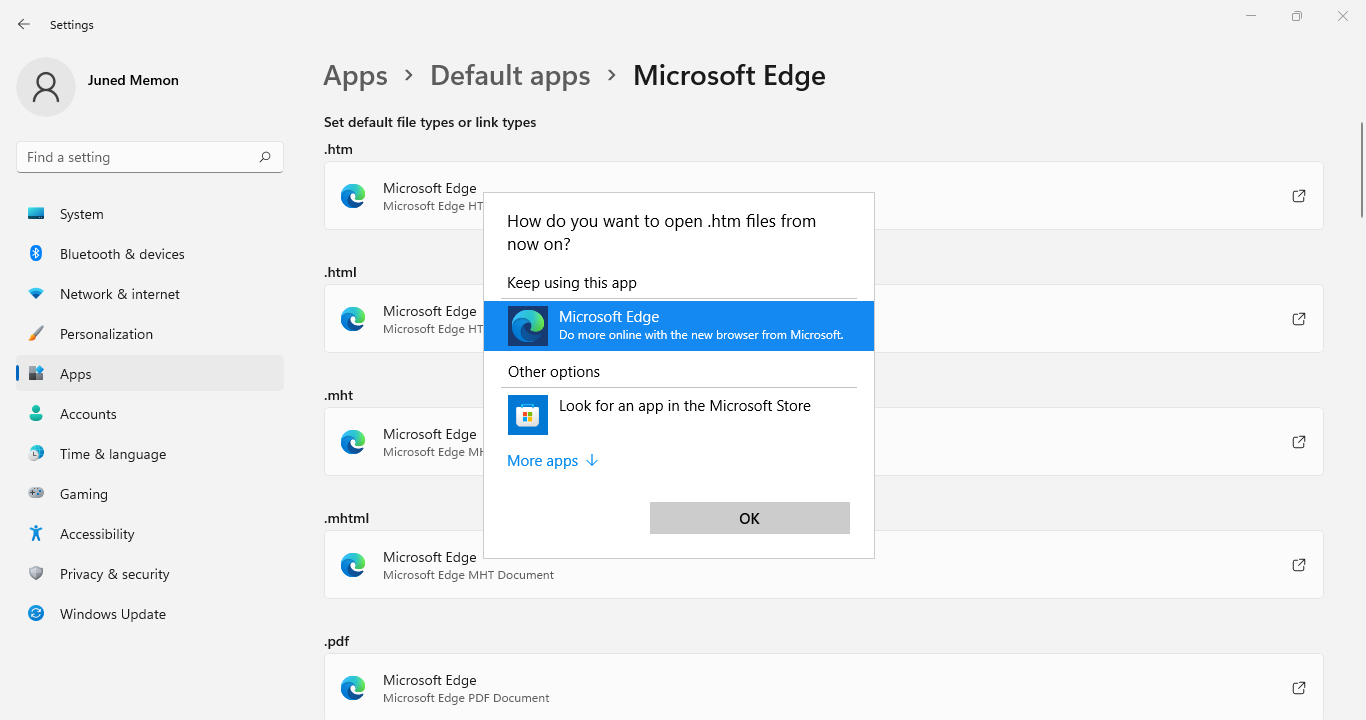


This issue is only encountered when custom offline media or ISO images are created by slipstreaming this update into the image without having first installed the standalone servicing stack update (SSU) released Maor later. Known issues in this updateĭevices with Windows installations created from custom offline media or custom ISO image might have Microsoft Edge Legacy removed by this update, but not automatically replaced by the new Microsoft Edge.

Servicing stack updates (SSU) ensure that you have a robust and reliable servicing stack so that your devices can receive and install Microsoft updates. This update makes quality improvements to the servicing stack, which is the component that installs Windows updates. If you installed earlier updates, only the new updates contained in this package will be downloaded and installed on your device.įor more information about security vulnerabilities, please refer to the new Security Update Guide website and the March 2022 Security Updates. For immediate effect, you can manually trigger Windows Update Troubleshooter using the instructions in Windows Update Troubleshooter. Some devices might take up to seven (7) days after you install this update to fully address the issue and prevent files from persisting after a reset. When you select Remove everything, files that have been downloaded or synced locally from Microsoft OneDrive might not be deleted. This security update includes improvements that were a part of update KB5010415 (released February 15, 2022) and also addresses the following issues:Īddresses a known issue that occurs when you attempt to reset a Windows device and its apps have folders that contain reparse data, such as Microsoft OneDrive or Microsoft OneDrive for Business. Important: Use EKB KB4562830 to update to Windows 10, version 20H2.


 0 kommentar(er)
0 kommentar(er)
